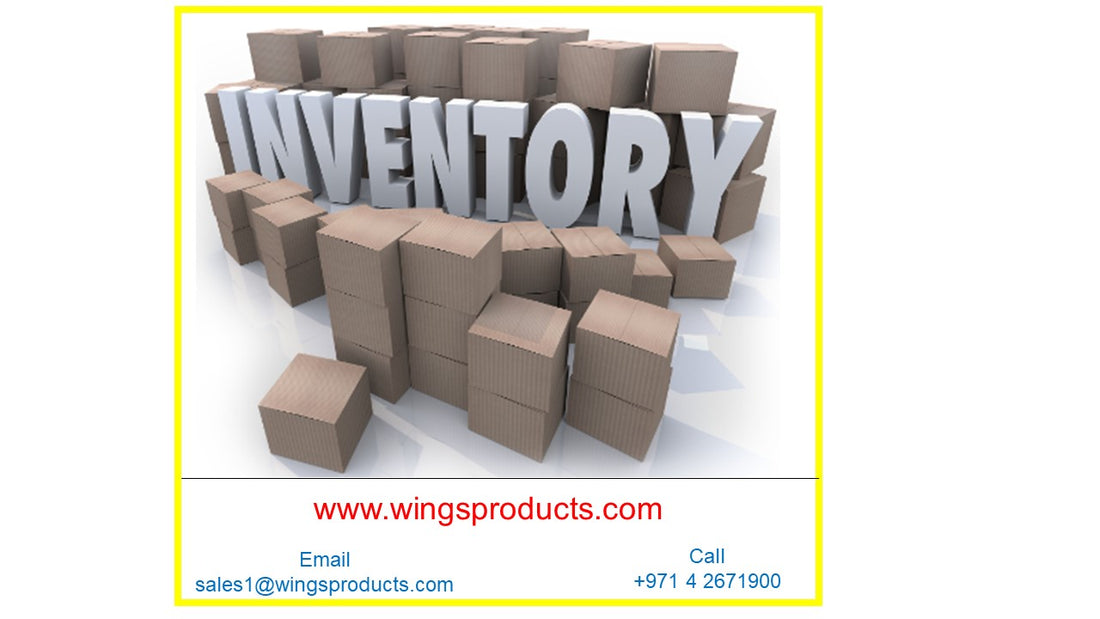Businesses focus on revenue and its growth. So while they are busy with it, they overlook “Costs”. Finally, an increase in expenses reduces the profitability. One of the major cost components is inventory carrying costs, which is the cost of holding inventory until it is sold.
Are you are losing money in this way? If so, then first analyze what is causing it and then adopt new strategies to reduce it.
What Is An Inventory Carrying Costs?
Inventory carrying cost is a major challenge companies deal with. It arises from keeping products in a warehouse or store and include rent, labor, transportation, insurance, taxes, item replacement and depreciation. Opportunity cost, which is the investment possibility a company had to decline because its finances are tied up with stock is a major factor.
Typical inventory carrying costs (holding costs) vary by country and industry, and range from 15% to 25% of the total inventory value. And this value increases as the storage time increases before you sell or consume it. The percentage varies based on the quantity, inventory turnover ratio and the warehouse location.
Inventory carrying costs can be sorted into four categories:
- Capital costs – Product cost & any interest or fees paid if you take a loan
- Storage costs – Mortgage, labor utility and admin expenses.
- Service costs – Inventory, taxes, insurance & inventory management software
- Inventory Risk costs – Depreciation and product obsolescence
Calculating the Cost of Carrying Inventory
Since holding costs may make up 25% of all inventory spend, the profitability of a business can be affected substantially. If a business cannot quantify the cost of storing inventory, it may land up with cash flow problems.
The business could also miss out on new investment opportunities as it has a lot tied up in inventory. And the management will not even realize how much inventory carrying cost is holding the business back.
Reasons a Company Holds Inventory
Coming to a perfect inventory balance is not a simple task. Some businesses think it’s better to have lots of items than running out of it, losing a sale and damaging customer relationship.
Below are a few other reasons businesses hold onto excess stock and as a result push up their carrying costs:
1. Safety Stock
Keeping just enough quantity to cover the expected needs can be risky. Hence most businesses carry some extra stock as safety, to take care of unpredictable events such as a sudden increase in demand, an unforeseen delay from supplier or a damaged shipment. It is generally good to have safety stock for important items, but you have to strike a balance between safety stock and increasing holding costs.
2. Cyclical or Seasonal Demands
Certain businesses especially retailers do a lot of business in just a few months, making retail inventory management very important. A gift store may see an increase in business in the months leading up to the winter holidays, whereas a store specializing in vacation items may do most of its business in early summer. So, in order to be ready for this important period, these companies usually build up large inventory reserves in advance.
3. Inventory for the Normal Sales Demand
Depending on the sales forecasts, a business procures items for its regular sales demand. This is not meant to cover the unexpected and safety stock. Every item based business must have working stock for regular sales. Accurate forecasts and cycle counting are important to stocking the right items and quantity.
4. Lead Time
Also known as in-transit inventory, it is the stock a business has purchased but not yet received. Depending on the type of product and supplier location, lead times can be many months sometimes. So, businesses need to account for these goods in transit in their business strategy and at the same time it gets overlooked as it is not yet in the warehouse.
5. Obsolete Inventory
“Dead inventory” is a term also used for obsolete inventory. These are items a business no longer believes it can sell and are marked as written-off. But dead inventory tends to linger in the warehouse for a long time, quietly and continually increasing inventory carrying costs. And the management doesn’t know about it or is a helpless spectator.
Calculating Inventory Carrying Cost
Businesses need to regularly calculate their inventory carrying costs. This is to find out if these holding costs are proportionate to the inventory value. This calculation helps the business to determine a change in its processes and practices.
To arrive at inventory carrying costs, add up all the expenses mentioned above such as capital, storage, labor, transportation, insurance, taxes, administrative, depreciation, obsolescence over a period of time which is generally one year. Then divide the total inventory carrying costs by the total inventory value and represent it as a percentage.
Inventory Carrying Costs = Cost of Storage / Total Inventory Value x 100
